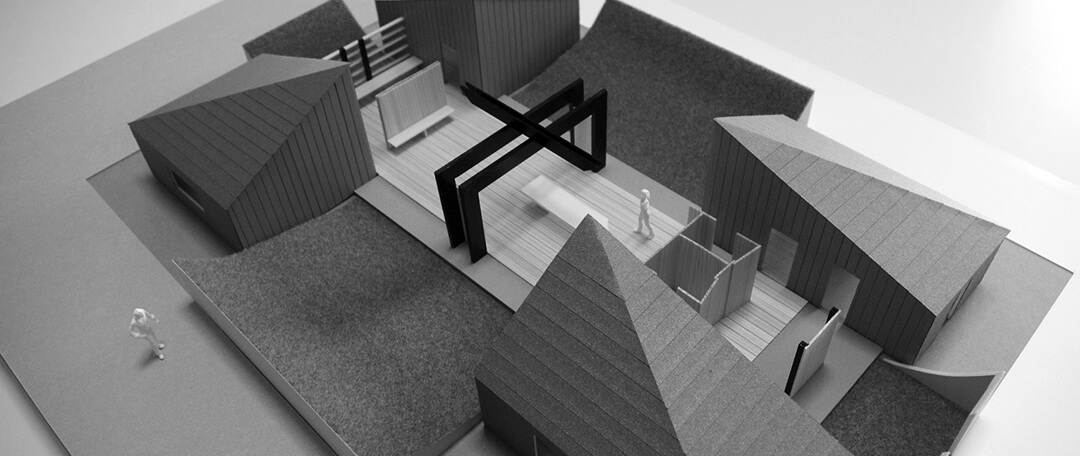


Recently, technological innovation has accelerated in various fields and we have reached the era of the Third Industrial Revolution. For our building and construction industry, which has always been behind the times, it is never easy to accurately forecast where our rapidly changing modern lifestyle will go.
First, architecture is the realization of various intangibles such as the culture, economy, and values. In particular, the current values of people who continue to diversify and decentralize are now overturning even the fundamental architectural concept of “continuing to live for a long time” or “universal”, and architecture is changing to something more difficult to grasp.
As a person involved in architecture and as a mission of the design office, in order for the architecture created to have social value and fulfill its role, I would like to express here that I will face this difficult challenge while raising some key points.
Kenshi MATSUMOTO
Now, even in the field of architecture, we have increasing opportunities for clients to teach us new things. With increasing access to information, the clients’ own experiences are obviously deepening. I would like to meet such demands with a flexible and all encompassing attitude, and to guide creative solutions. A clear solution must be something that is a bit beyond the person’s imagination that has been obtained through sufficient communication, rather than just playing the part of an eccentric artist.
In advanced architecture and architectural design, several elements are combined in a complex way to draw a single conclusion. For example, the discussion of pillars and beams, that support a building, should not end with their main role as a structural material. It is important to explore their various aspects such as how the modeling should be, how it affects space and people, and whether it can play a role from the aspect of facilities and energy environment. We believe that this thought process leads to ideal architecture.

One great master said, “The soul of architecture dwells in detail.” and another great master stated with confidence, "A building module is one millimeter or less." I completely agree with them. When we raise the theme and concept of a building at the beginning of the project, we try to image the details at the same time. There must be no unintentional detail left in the final product.
As represented in modernism and minimalism, modern buildings have changed in an inorganic direction, and I have also accepted this trend. However, architecture with no emotions or humanity left due to the complete distraction by its current flow cannot stand the test of time that spans generations. Although it doesn't have to be intentionally organic, unless it is an architecture that appeals to at least the five senses of people, they will find it difficult to continue appreciating it for a long time. Some studies suggest that the sense of smell (aroma) is deeply related to emotions as well as vision. In addition to being "formative art as if fragrant", it is also interesting to find the way of achieving "architecture with aroma" like an ancient wooden temple or shrine.

We accept a wide range of consultations and custom design work particularly projects related to building usage, scale and structure.
*Unfortunately, we cannot accept some specific projects such as new apartments, business hotels, general hospitals, etc.

